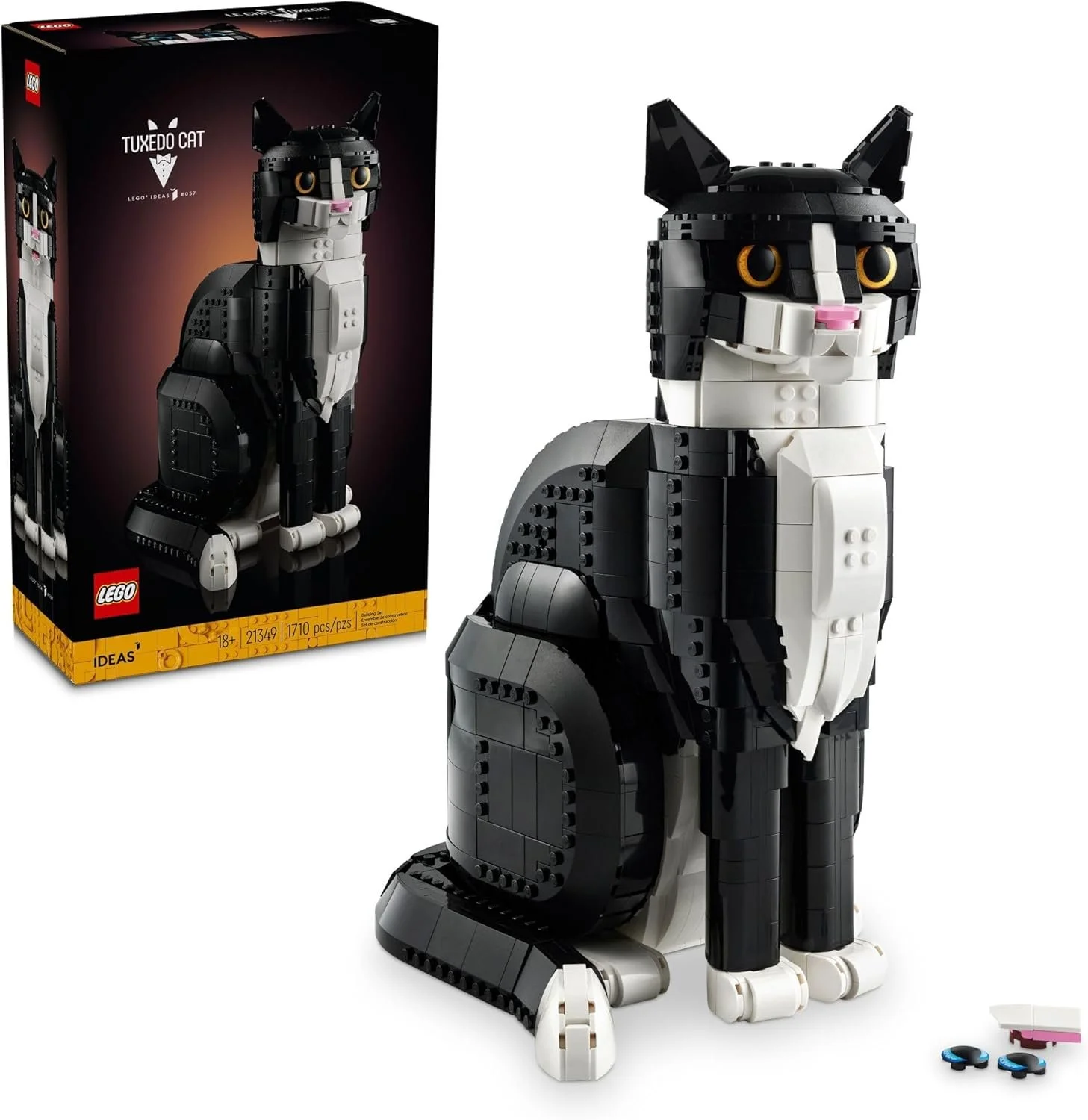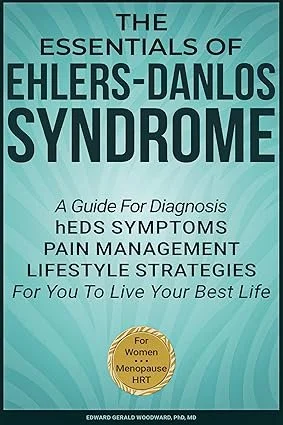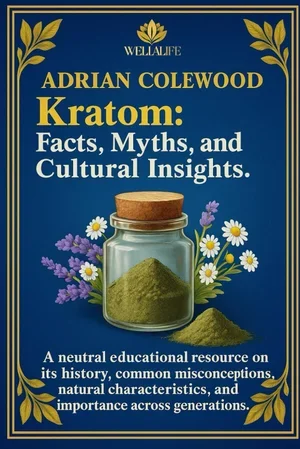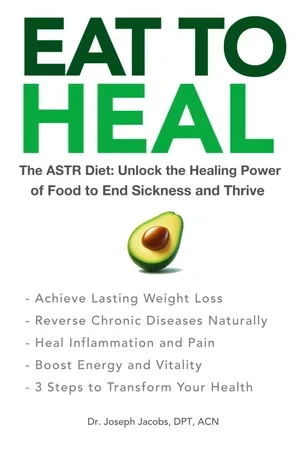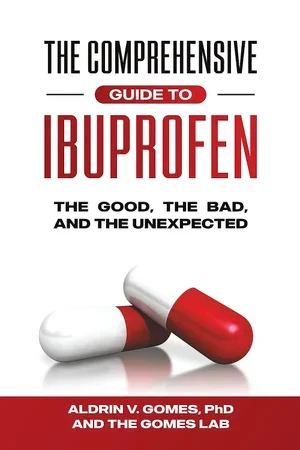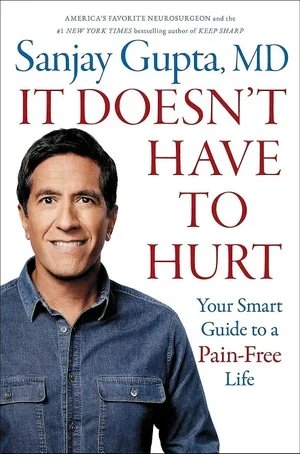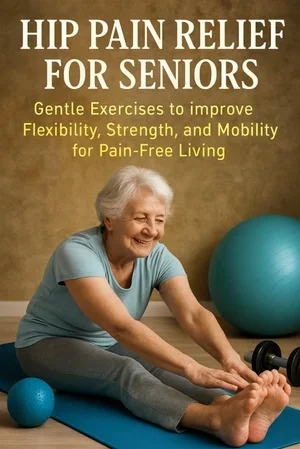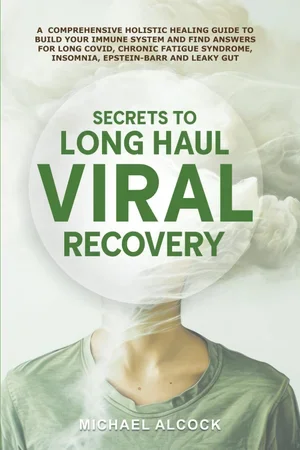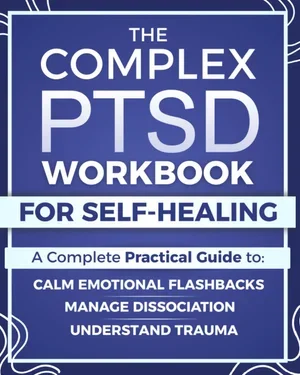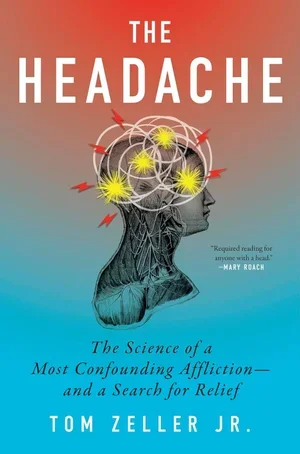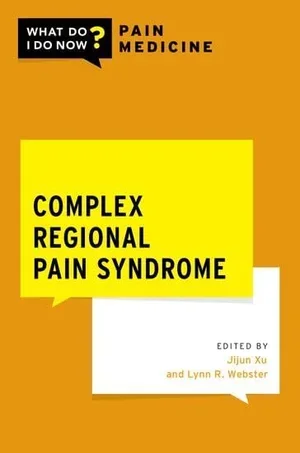I See Doctors All the Time, But They Won’t Treat My Pain
/By Neen Monty
I am in complete overwhelm right now. It has been far too much, for far too long.
As I write this, in the last ten days alone, I’ve had seven medical appointments or treatments:
Two GP visits.
One neurologist appointment. And the news wasn’t great.
My fortnightly IVIG infusion.
A consult with a new pain management doctor. It did not go great.
The introductory session for the public pain clinic. The first step in a very long process to see the doctor I was referred to.
A psychologist appointment.
That’s seven appointments in ten days.
This is what being seriously ill looks like. This is what living with a disabling, incurable disease looks like.
I don’t choose for my life to revolve around my disease. The disease chooses. The disease dictates my schedule, my energy, my mobility, my ability to work, and my ability to participate in life.
When you’re very unwell, with a serious, progressive and incurable disease, there is no choice. You don’t get to opt out. You don’t get to think happy thoughts, and everything magically gets better.
You don’t get to postpone or not feel up to it today. You don’t get to decide what you do with your four functional hours a day. Your illness becomes the architect of everything.
People say, “Why don’t you try harder?”
Try what, exactly? Try not being sick? Thanks, that’s really helpful advice.
Instead of empathy, I get blamed.
You should change your diet. You should exercise more. You should get out more. You should try grounding. You should try Bowen therapy. You should read this great book I just read, it’s sooooo motivational!
You should read up on stoicism, it would help you be tougher. You should stop taking all those medications. Pharma makes customers, not cures, you know. Never mind that if I stop taking just one of my medications, I will die.
They are all saying, “You should try being not sick.”
The truth is that they don’t want to hear about it. It’s boring. And you’re exaggerating. You’re malingering. You’re not strong enough. You’re not positive enough. You are not enough.
Not one of these people has taken a moment to even consider what my life is really like. What it’s like to wake up sick and in terrible pain, every single day. Usually at around 3am.
That’s when my day starts. That’s when I start battling the pain. It’s truly a very difficult existence.
But instead of empathy and support, I get belittled. Dismissed. Treated as if pain — the most defining and disabling part of my disease — is somehow optional, psychological, or a personal and moral failing.
Something that I chose. Something I did wrong. Or something I didn’t do right.
Because people like to believe that everything happens for a reason. Spoiler: It doesn’t.
And that bad things don’t happen to good people. Spoiler: They do.
Doctors will treat the disease. But they refuse to treat the pain the disease causes.
And honestly, what’s the point? If you’re not going to treat the pain, how can you call yourself a doctor? How can you pick and choose what you will and won’t treat? And who you will and won’t help?
Pain is not my only disabling symptom. I have significant muscle weakness that is noticeably progressing.
I try to exercise, even though it usually makes things worse before it makes anything better. I hope it’s going to make me stronger long term. I don’t know that, but it’s my best hope. So I take my dogs on a slow jog and walk, and hope for the best. Always looking on the bright side.
Pain? It’s getting worse. No question. That’s disease progression. And maybe opioid tolerance in play.
But every doctor says the same thing: “You cannot have a higher opioid dose. No matter how bad the pain is.”
This isn’t medicine. It’s barbarism. It’s cruelty.
This is politics dressed up as healthcare. Policy made by people who are not doctors or scientists, and not interested in the terrible pain they cause. Yet they call it “evidence-based” and “best practice.”
These are rules made by people who will never experience what they’re inflicting. Because we know when doctors and politicians are in the hospital, they get opioids.
Just not us normal folk. The little people. We don’t matter, apparently.
Every week I talk to medical professionals, trying to understand why it’s like this. I don’t want to argue, I want to learn. Is this clinician bias I am looking at? Or is this what they’re all being taught?
Answer: It’s systemic. Doctors are being taught myths based on lies. And they don’t have time to check the science. If they did, they would be horrified at the patient harm they have caused and the lack of evidence for their decisions. But they’ll never check, so…
They have literally been trained to believe that education is more effective than opioid pain medication. How can any intelligent person believe that? It blows my mind.
They are taught that pain is “psychological” or caused by a “hypersensitive nervous system.” It has nothing to do with tissue damage, inflammation, disease or pathology.
Which is 100% wrong in every case.
We have a generation of clinicians who see pain not as a serious medical symptom, but as a faulty thought pattern. A cognitive glitch. A mindset problem.
Do you know what that belief system does? It erases empathy. Because why feel compassion for someone who is “catastrophising?” Why help someone whose pain is “in the brain,” which they can change themselves?
Why treat the suffering of someone who just needs to understand pain better?
I can always tell the exact moment a clinician realizes my pain is pathological and that their program, book, or brain training technique won’t work on me.
It’s like a curtain drops. Their interest vanishes. Their warmth evaporates. They stop asking questions. They stop seeing me as anything other than a problem.
Only one person in the last fortnight showed actual empathy — the sort of basic human response that should be universal when you have a severe, progressive, incurable, and painful disease. Every human being should be able to say, at the very least, “I’m so sorry you’re dealing with that.”
But only one did. I spoke to two physical therapists and one GP on social media. Asking them questions, hoping to learn. I answered their questions, but they didn’t answer mine. And as soon as they realized I would be of no use to them, they ghosted me.
Only one took the time to say, “I’m so sorry this has happened to you.”
My story is terrible. I have been abandoned, ignored, demonized, stigmatized, misdiagnosed and refused the most basic care. Any normal human being should be horrified by my story and the reality of my life. Of the pain I am forced to endure.
But only one showed me any empathy at all.
Mostly what I get is coldness. Defensiveness. Blank stares. Silence.
Not my problem-ism.
These are the people we rely on. The people who decide whether we get treatment, whether we get relief, whether we get to have any quality of life at all.
My life is not my own. I am not choosing this. No one would.
I’m trying to survive a body that is failing me and a system that refuses to see what pain really is — a physical experience rooted in biology, pathology and disease, that is sometimes influenced by psychological and sociological factors.
Not a mindset. Not a belief. Not a psychological construct.
The hardest part of being sick isn’t the disease. It’s fighting for your life while the system fights against you.
Neen Monty is a patient advocate in Australia who lives with rheumatoid arthritis and Chronic Inflammatory Demyelinating Polyneuropathy (CIDP), a progressive neurological disease that attacks the nerves.
Neen is dedicated to challenging misinformation and promoting access to safe, effective pain relief. For more information on chronic pain, the science, the politics and the lived experience, got to Pain Patient Advocacy Australia. You can also subscribe to Neen’s free newsletter on Substack, “Arthritic Chick on Chronic Pain.”







